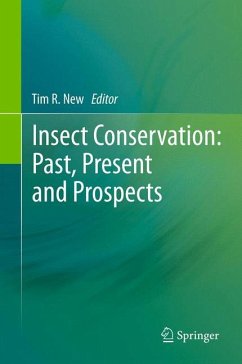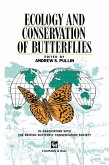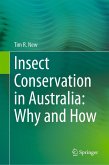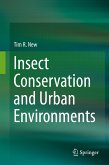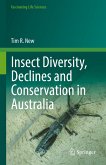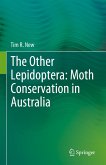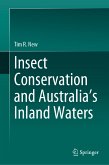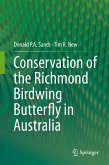This multi-authored book, with contributions from many of the leading and most influential workers in insect conservation, traces the development of the discipline and its acceptance as an important component of biodiversity conservation. Practical and political problems of the genesis of insect conservation are traced, and current and future scenarios and priorities for progress are discussed. The book is thereby both an encapsulated history of insect conservation and a template for the future, of interest to science historians, entomologists, and conservation biologists, policy-makers and practitioners in many parts of the world.
Dieser Download kann aus rechtlichen Gründen nur mit Rechnungsadresse in A, B, BG, CY, CZ, D, DK, EW, E, FIN, F, GR, HR, H, IRL, I, LT, L, LR, M, NL, PL, P, R, S, SLO, SK ausgeliefert werden.

